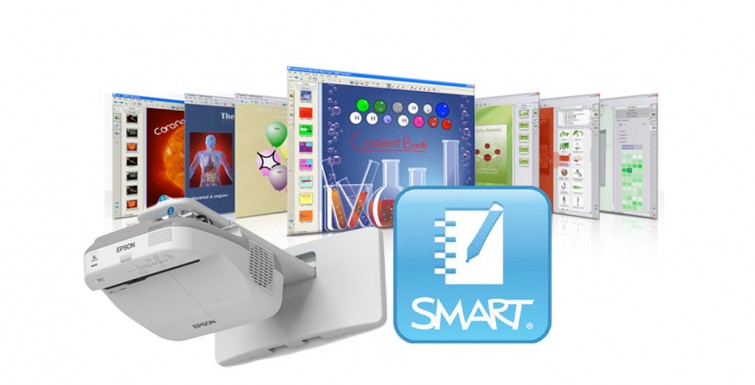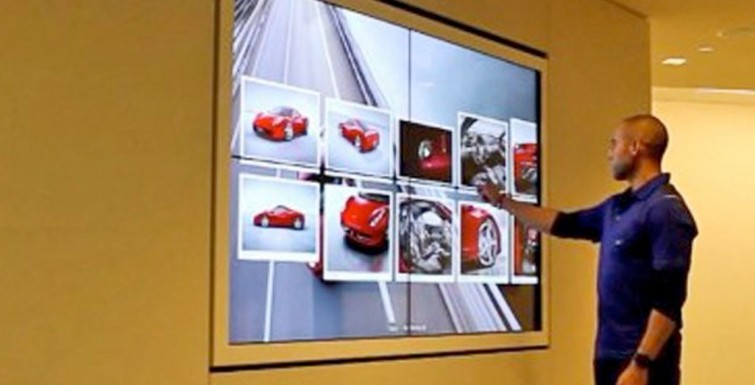Epson Australia have announced that educators in Australia and New Zealand now have more options for delivering lessons with interactive capabilities for effective learning as their interactive projectors can now be used with SMART Notebook software, the world’s leading collaborative learning software.
Under this arrangement, Epson will sell SMART Notebook software through its reseller network, either when purchased with an Epson interactive projector or for existing interactive projector customers, allowing educators to easily select the industry-leading collaborative learning software. Both Epson and SMART will provide customer support for their respective products, giving educators full confidence as they bring more interactivity into classrooms and other learning spaces.
This is an addition to existing agreements in the U.S and Europe, where SMART has granted distribution rights for its proprietary collaborative learning software to Epson as part of the company’s software accessibility strategy.
“This collaboration in ANZ underscores Epson’s commitment to delivering technology tools to teachers that will enhance and transform the education process,” said Craig Heckenberg, Epson Australia’s Business Division General Manager. “The combination of SMART Notebook software and Epson’s interactive projectors provides educators with the flexibility to create high-impact lessons that bring learning to life.”
“With our ongoing commitment to educational software, including developments for both desktop and cloud-based options, we are enabling more natural and effective learning anywhere, anytime on any device both inside and outside the classroom,” says Greg Estell, President, Solutions, for SMART Technologies. “SMART’s strategy is to make the world’s most popular collaborative learning software available to more schools, teachers and students around the world and we are excited to be working with Epson, and its leading line of projectors, as a step towards realising this goal.”
Award-winning SMART Notebook software is intuitive and easy to use, allowing students to learn naturally, without the technology becoming a distraction. Educators can quickly create and add relevant and customisable content to their lessons, making them engaging and impactful. Supported by the SMART Exchange™ website, teachers can find resources, share lesson material and exchange tips and success stories about using SMART products in the classroom. With over 65,000 digital resources available in 23 languages, teachers have access to images, videos, and pre-created SMART Notebook files and lesson activities correlated to curriculum standards.
Epson’s award-winning range of short-throw and ultra short-throw interactive projectors offer advanced connectivity options to project onto any existing whiteboard, wall or other smooth, light-coloured, hard surface. Epson interactive projectors offer finger-touch2 as well as multi-pen support and built-in annotation technology that allows teachers and students to instantly interact directly with a projected image from a variety of sources beyond the PC, including tablets, smartphones, document cameras, Blu-ray players and more. These cost-effective projectors models deliver a large interactive learning area with variable image sizes from 60 to 100-inches diagonal (WXGA), depending on model and include HDMI connectivity.
Shipments of Epson interactive projectors with SMART Notebook software licenses will commence on 2 May 2015 in Australia, with New Zealand to follow shortly thereafter. SMART Notebook software licences will be available for existing Epson customers through Epson and SMART resellers.



